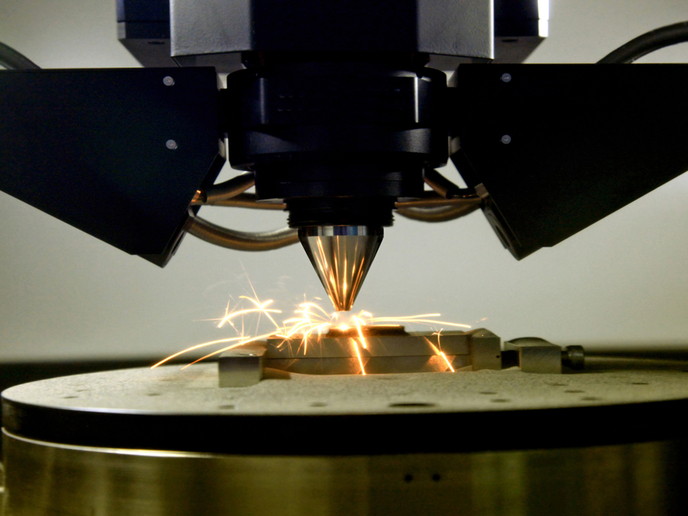Electron beam melting technology takes to the air
The aerospace industry has been amongst the first advocates of 3D metal printing. In less than a decade, the technology has become an integral part of the production process. 3D-printed metal alloys can survive high speeds and high heat environment – all while optimising the aircraft’s strength-to-weight ratio. Until now, 3D metal printing in aerospace has mainly been associated with selective laser melting, but more promising alternatives like EBM are hitting the scene. Metal additive manufacturing solutions provider Arcam EBM is known for its innovative EBM technology, which offers freedom in design, excellent material properties, and stacking capabilities. With EU funding of the EBMPerform(opens in new window) project, the Swedish company is overhauling the electron beam sources and improving the 3D printing software of its EBM machines to better suit the requirements of the aerospace market. The ultimate aim is to mass produce reliable 3D-printed metal parts that can withstand intense heat and high pressures.
EBM’s difference: maintaining high temperatures
In Arcam’s patented process, metal components are built up layer by layer from metal powders that are melted by a powerful electron beam to the exact specifications of a computer-aided design model. The electron beam is managed by electromagnetic coils providing extremely fast and accurate beam control that allows several melt pools (up to 70) to be maintained simultaneously without any compromise in surface finish and precision. The process takes place in a vacuum at high temperatures, which results in stress-relieved parts with material properties superior to cast and comparable to wrought metals. For each layer in the build, the beam heats the entire powder bed to an optimal temperature that is specific to the material used. This allows engineers to produce dense, void-free parts. It also eliminates the need for post-processing methods like heat treatment, which has a significant impact on the total production costs. “A distinct characteristic of our improved EBM technology will be the ability to keep the entire build at very high temperatures – above 1 000 °C – for demanding applications just like the aerospace,” says Dr Anders Snis, manager for the research group developing new process strategies and materials. “We are currently working on improved models for controlling the melt process and improved heat models to manage heat distribution on the build. Ultimately, these will also help us produce more complex 3D-printed parts.” Building at elevated temperatures above 1 000 °C opens up unique opportunities to 3D print aircraft parts that rely on crack-prone materials. “For example, aircraft engineers are able to additively manufacture jet engine turbine blades using titanium aluminide (TiAl) and other high-end alloys. Although prone to cracking, these materials are particularly noted for their strength and heat resistance,” adds Dr Snis. As of 2019, EBM is the only commercial additive manufacturing solution for production of light weight TiAl parts.
Expected outcomes
Researchers are working on several fronts – new types of electron beam sources, high-precision autocalibration, new or improved software platforms, and electronics for efficient and accurate beam control – to optimise EBM technology. When it comes to the hardware, the new systems are expected to be more robust with a longer lifetime and the ability to produce components from different materials. Improved EBM technology will highly benefit demanding applications such as turbine blades and structural aerospace parts that must meet the highest material standards.







